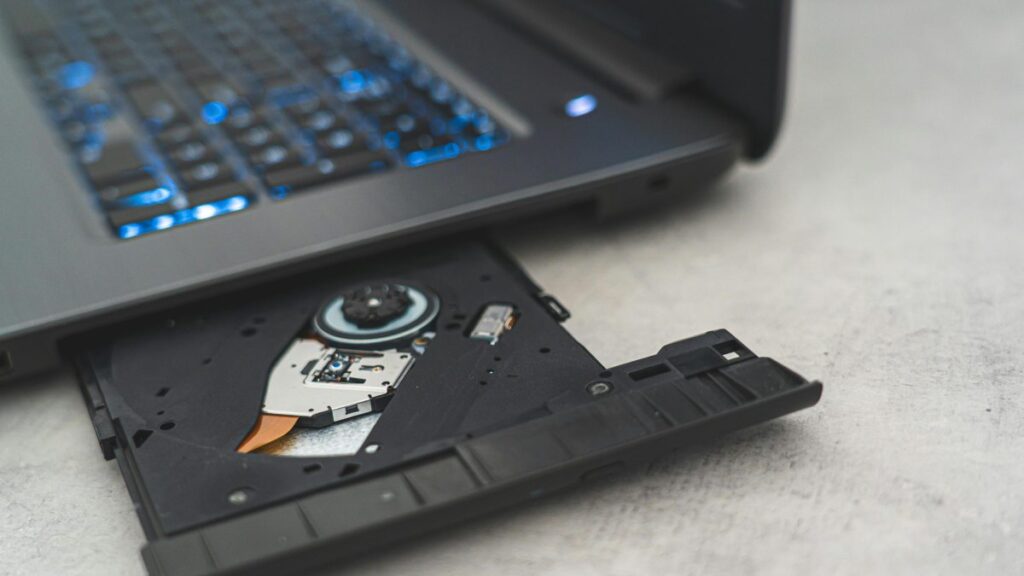Table of Contents
Slow Mac? One excellent method for enhancing the speed and vitality of an old or slow Mac is to defragment the hard disk. However, the issue becomes more complex when defragging a Mac, though. Mac operating systems of recent generations have been built to fix the issue automatically. Furthermore, defragmentation is not required for Macs that use solid-state drives (SSDs) rather than hard disk drives (HDDs).
How can you determine whether a MacBook, iPad or other Apple device needs to be defragmented? Don’t worry, this will be explained in this article.
Defragging a Mac: What Is It?

Data is saved on a moving platter that is separated into sectors by hard disk drives (HDDs). A saved file’s data becomes fragmented over time, causing portions of the file to be kept on separate disk sectors. In order to gather every bit of information a computer needs to view and access a file, the mechanical arm accessing it must go to several sectors, which results in inefficiency. Additionally, this disorganized storage reduces storage capacity by leaving unusable gaps between recorded data on the disk.
What Does Defragging a Mac Provide Us?
By rearranging the files on the hard drive and grouping those bits, defragmenting essentially speeds up and improves the efficiency of accessing saved information. By decreasing the amount of space lost between stored data, defragging also recovers useless capacity.
Defragging a Mac or PC with HDDs once a month is generally a good idea. A Mac may be sluggish for several reasons, but defragging might be helpful. Again, though, not every Mac requires defragmentation. Now let’s discuss how to determine if a Mac is a suitable option.
When Should a Mac Be Defragmented?
With the launch of Mac OS X 10.2, an operating system version from way back in 2002, defragmenting Mac computers became less significant. Beginning with that edition, Macs were outfitted with a new file system that made it easier to group data, minimizing fragmentation and the need for subsequent reorganization. Some defragmenting tasks are also carried out automatically by Mac OS X 10.2 and subsequent versions.
Macs have a reputation for being long-lived. It’s likely that defragging a Mac drive can enhance speed if you’re using a Mac OS X version lower than 10.2. The operating system on a Mac that is more recent won’t even come with commands that would allow you to defragment a disk drive.
How to Assess Storage
You can find out if you need to update or defrag a Mac by looking at its performance. It is alerted that the starting disk was nearly full. You might wish to check if you’ve surpassed the 90% space barrier after noticing that your Mac is operating more slowly. The fundamental steps needed to determine the amount of storage on an HDD are as follows:
- In the upper left side of the screen, press the Apple logo.
- Press the “About this Mac” button.
- Select “Storage.”
Along with graphs showing the types and sizes of files saved on a hard drive, you can view how much storage can be found on the disk.
How to Figure Out Whether a Mac Has an HDD or SSD
SSDs shouldn’t be defragmented, as was previously said. However, how can one determine whether a Mac has an HDD or an SSD? Here’s how to learn:
- Drag the Apple menu down.
- Click on “About This Mac.”
- Click on “More Info.”
- Press the “System Report.” button.
- Click on “hardware” and choose “Serial-ATA.”
- This data will display the type, manufacturer, and making of the storage device.
why defragging is not necessary and the benefits of SSDs Newer versions of OS X may experience issues with capacity, particularly if you use a lot of data-intensive apps, such as photo or video files, editing tools, or other programs that need a lot of storage. The operating system will stop executing such automatic defragmenting tools if a Mac is consuming more than 90% of its disk space.
If that occurs, look through your stored programs and files and remove anything you don’t need. Multimedia items that require more storage space, such as movies, should come first. Upgrading storage, perhaps to an SSD, is another way to increase capacity. Apart from never requiring defragging a Mac, an SSD has numerous other benefits, such as quicker read/write speeds, improved durability, faster bootups, and automated encryption choices.
Key Steps for Defragging a Mac
If none of the preceding methods have been able to free up the necessary space but you still want to defragment your Mac, here’s how to accomplish it and what you need.
- Step 1: Using reputable third-party Mac defrag software is the simplest and safest method for doing a Mac defrag.
- Step 2: Use an external disk, iCloud, or Time Machine to back-up your data. You won’t lose any of your files if something goes wrong.
- Step 3: Follow the on-screen directions and install the defragmentation program that is most effective for your Mac.
In most cases, defragging a Mac is not the greatest way to improve speed unless it is running OS X 10.2 or older. Actually, you are not given the choice in subsequent editions. Additionally, you should avoid defragmenting a Mac that has an SSD. On the other hand, switching from an HDD to an SSD is an easy approach to increase performance, capacity, and security for a Mac if you are running low on storage.



